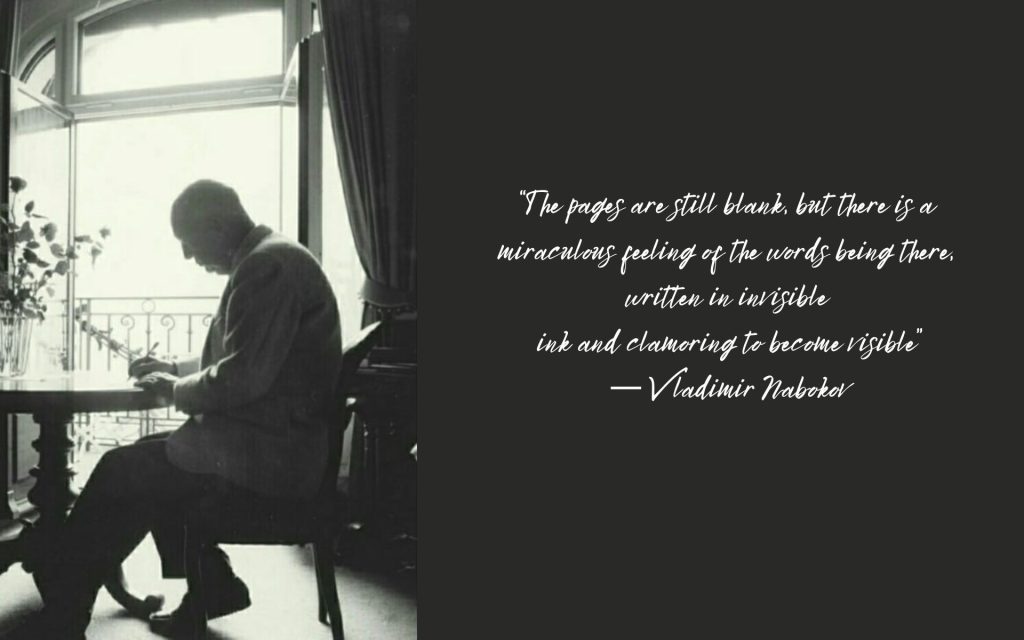Vladimir Nabokov (1899–1977), the Russian-American novelist renowned for works like Lolita and Pale Fire, found an ideal environment for his literary pursuits at the Montreux Palace Hotel in Switzerland.
This luxurious setting not only provided him with comfort but also played a significant role in his creative process.
Relocation to Montreux Palace

Following the immense success of Lolita in 1955 and the lucrative sale of its film rights, Nabokov and his wife, Véra, sought a serene and inspiring residence. In the summer of 1961, they leased a suite at the Montreux Palace Hotel on Lake Geneva.
This move coincided with the completion of Pale Fire, published in 1962. The couple would remain at the hotel for the rest of Nabokov’s life, a span of 17 years.
The Montreux Palace Hotel

Opened in 1906, the Montreux Palace (now Fairmont Le Montreux Palace) is a luxury hotel renowned for its Belle Époque architecture and stunning views of Lake Geneva and the Alps. As a member of the Leading Hotels of the World, it has hosted numerous celebrities and dignitaries throughout its history.
For Nabokov, the hotel offered a tranquil and elegant environment conducive to his writing.

Nabokov’s Writing Routine
In a 1968 interview with The New York Times, Nabokov detailed his daily routine:
- Morning: Awoke between 6:00 and 7:00 a.m., had breakfast with Véra around 8:30 a.m., and reviewed correspondence. He then wrote until 10:30 a.m. at a desk situated in a bright corner of their suite.
- Midday: Took a 20-minute hot bath around 11:00 a.m., followed by a walk along the lake. After lunch, he enjoyed a two-hour nap.
- Afternoon: Resumed writing until dinner at 7:00 p.m.
- Evening: Played Scrabble for an hour or two after dinner, then read in bed—perusing magazines or novels sent by publishers.
- Night: Aimed to sleep between 11:00 p.m. and midnight, though he often experienced insomnia.
During the summer, Nabokov was more active outdoors, taking walks along the mountain slopes.
Literary Works at Montreux
While residing at Montreux Palace, Nabokov produced several notable works, including:
- Pale Fire (1962): A novel presented as a 999-line poem with a foreword and commentary by a fictional editor, showcasing Nabokov’s innovative narrative style.
- Ada or Ardor: A Family Chronicle (1969): A complex, multilayered novel exploring themes of time, memory, and forbidden love.
- Transparent Things (1972): A novella delving into the nature of perception and reality.
- Look at the Harlequins! (1974): A semi-autobiographical novel reflecting on the life of a Russian émigré writer.
Nabokov’s time at Montreux Palace was marked by prolific output and literary experimentation, solidifying his status as a master of prose.
Legacy
Vladimir Nabokov passed away on July 2, 1977, in Montreux. His residence at the Montreux Palace Hotel remains a testament to the symbiotic relationship between an artist and his environment.
The hotel’s ambiance provided Nabokov with the serenity and inspiration necessary to craft some of his most enduring works, leaving an indelible mark on 20th-century literature.


